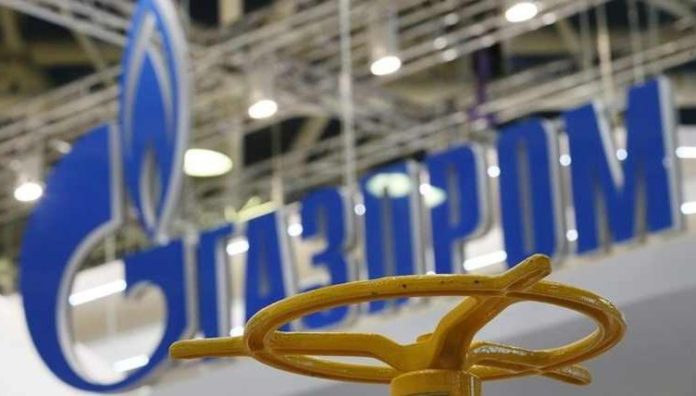Russia’s Gazprom saw its international gas sales in the second quarter slide by 17% year on year to 44.9 Bcm, according to an analysis of data published late Aug. 13 in the company’s Q2 report, Hellenic Shipping News reported.
The drop was of the same magnitude as in Q1 when sales were also down by 17% on the back of a second consecutive mild winter and robust storage stocks.
The data are also in line with Gazprom’s projections for gas sales in the Far Abroad (Europe plus Turkey and China, but minus the countries of the former Soviet Union) in 2020 as a whole of 166-167 Bcm, around 17% lower than supplies last year of 199.3 Bcm.
The fall in sales in Q2 was driven in part by the demand impact of the coronavirus pandemic, which triggered the most serious lockdowns and economic disruption across Europe in April and May.
In addition, Gazprom sales in Q2 last year were strong by comparison as a result of storage demand driven by fears of potential gas supply disruption ahead of the expiry of the Russia-Ukraine transit deal.
Both factors likely played a part in some of the biggest sales slumps in a number of countries.
Gazprom sales in its biggest market Germany fell by 28.2% — or by 3.32 Bcm — to just 8.47 Bcm in Q2, according to the data.
Germany has instead been buying more gas from Norway, with supplies up by almost 20% year on year in Q2 to 8.42 Bcm, according to data from S&P Global Platts Analytics.
Meanwhile in Hungary — which filled its storage sites to near capacity in 2019 due to the Ukraine disruption concerns — Gazprom’s sales slumped in Q2 by 34.2% to just 2.5 Bcm.
Turkey collapse
But perhaps the most startling drop in sales was in Turkey where Gazprom sold just 0.98 Bcm of gas, down by 73% from 3.59 Bcm in Q2 2019.
As a result, Turkey is now Gazprom’s 12th biggest market, having been its second-biggest market as recently as 2018.
In July, Andrei Zotov, department head at Gazprom Export, told analysts on a conference call that Russian gas supplies to Turkey were deeply impacted by an influx of LNG into the Turkish market in Q2 “at significantly lower prices” than under Gazprom’s long-term contracts.
He said some LNG that was turned away from Asia due to force majeure declarations turned up in Turkey, impacting Russian pipeline supply.
The 16 Bcm/year Blue Stream gas pipeline from Russia to Turkey was also on maintenance in mid-May for a week, with supplies thought not to have resumed through the link, according to an industry source.
But Zotov said Russian pipeline supplies to Turkey had recovered again in July, with some “good offtake volumes”, and that for 2020 as a whole sales to Turkey were expected to be flat on 2019.
Gazprom’s sales in Turkey totaled 15.5 Bcm last year.
Still, the huge fall in Gazprom’s sales in Q2 again highlights the fact that state-owned Botas and seven private Russian gas importers in Turkey are buying significantly less gas than they are contracted to under their oil-indexed, take-or-pay agreements.
It remains to be seen whether Gazprom will look to recover its debts from the Turkish companies and officials from both sides have rarely commented on the issue.
Other markets
There were big falls in a number of Gazprom’s other biggest markets, including: Belarus (-10.4%), Italy (-11.8%), France (-16.5%), and the Czech Republic (-30.4%).
Gazprom did buck the trend for falling sales in some markets, however, in particular in the Netherlands where sales rose by 61% to 2.82 Bcm.
The Netherlands is increasingly dependent on imports of gas as production at the giant onshore Groningen gas field is gradually phased out.
Recent advice from the Dutch regulator, the State Supervision of the Mines (SodM), is to further restrict output at the field in the next gas year to 9.3 Bcm.
The quota for the current gas year is 11.8 Bcm, which is already down sharply from the previous gas year’s quota of 19.4 Bcm.
Other countries where Gazprom saw sales increases in Q1 included Slovakia (+70%), Austria (+6.3) and Belgium (+36.2%).
Gazprom also registered pipeline sales for the first time in a second quarter to China after the startup in December of the Power of Siberia pipeline.
It supplied 0.86 Bcm to China in Q2.












